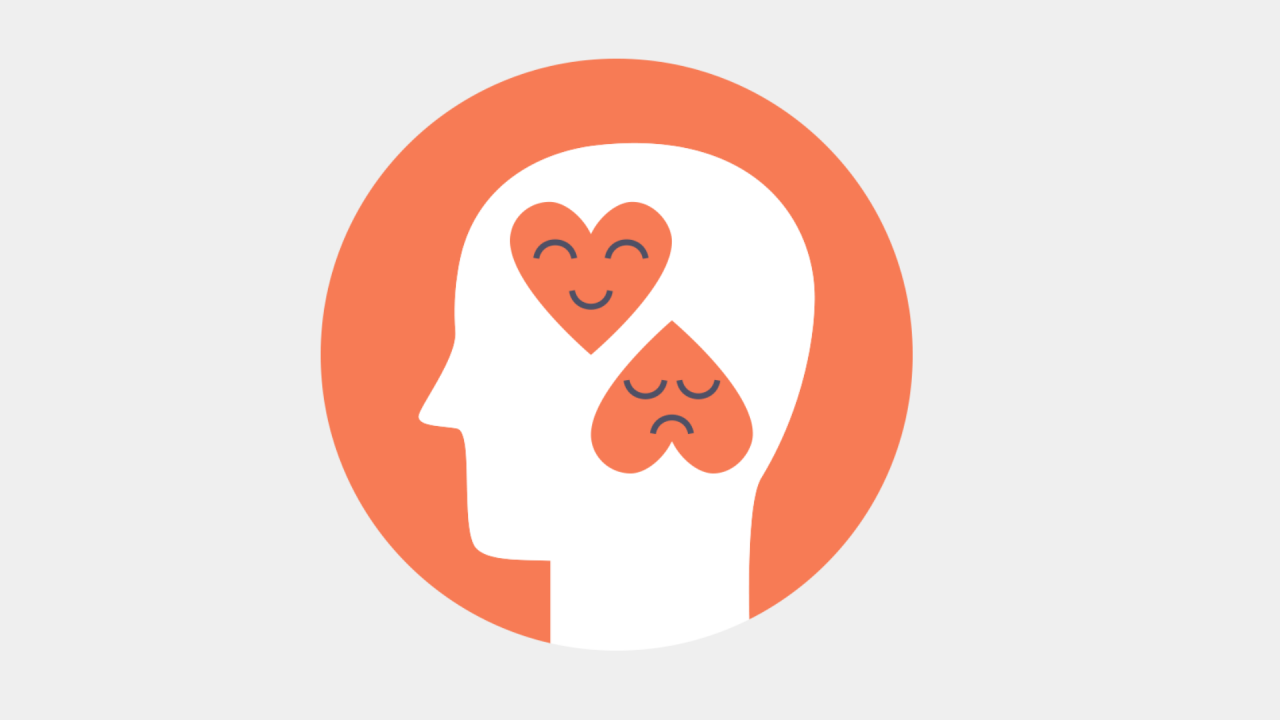.
Stephanie Davies: Steps to help you put together a mental health workplace strategy
Promoting mental health awareness is a good starting point, but workplaces need to go much further in order to prevent stress and mental illness. The positive shift we have seen in the past five years in how workplaces think about mental health and wellbeing is encouraging. Increased dialogue about the issue ‘normalises’ the experience of mental illness, and removed the stigma, which can only be a good thing. However, the shift needs to go further and fundamental changes in the way organisations function are needed for real prevention to start happening. Awareness per se does not prevent mental illness. To do this, working practices, organisational structures and cultures need to change too. On an individual basis, tasks and levels of autonomy need to be looked at as do roles, responsibilities and relationships within the organisation.
Good work design doesn’t mean games rooms, funky relaxation spaces, gyms and juices. In fact, some of these techno-park perks have been described as ‘golden handcuffs’ - seemingly great conditions that hide unreasonable work expectations. Rather, good workplace and work system designs are achieved through consultation and collaboration about how to best complete tasks in allocated times, for example. Paying attention to the physical layout of the workspace and considering an activity-based work approach is another example (standing desks and such). Allowing flexible working patterns, being clear and reasonable about expectations are also considerations. One of the biggest barriers to this sort of change is attitude. A fixation with presentism and old-fashioned views on bonus schemes is unhelpful. Despite awareness drive, mental illness can all too often be thought of as something that people bring with them to work, like their lunch, rather than something that affects, and is affected by, the work they do.
So, if you are planning a mental health awareness day this year, can you be challenged to go further. By all means raise awareness, support people, and show them where to get further help. But maybe start to focus on implementing just one thing from our list below. Perhaps then everyone’s mental health will improve just a little.
Here’s some low and cost-free ideas to get you started:
Redesign a positive and healthy work environment
- Encourage healthy working with regular breaks away from the desk.
- Do the small but annoying fixes
Such as flickering lights and broken heaters or fans. If you can spend some money, get some good ergonomic chairs and furniture including optional standing desks. A lick of paint or pictures can help too.
- Create a culture of talking. Emails often cited as the biggest time wasters in an office
Have a no email afternoon and encourage people to phone and talk to one another– things will get decided and done quicker. Encourage people to think first before CCing the world into an email.
- If possible, access external resources to help people who do need to talk to someone
Such as the Samaritans (116 123) or Mind (0800 4 70 80 90). Place these numbers clearly around your building as well as other numbers, helplines and services.
- Provide alternative places to work.
Sometimes we need quiet spaces to concentrate, sometimes we need to collaborate. Give people the option, and if you don’t have the room, allow people to work in a nearby café or elsewhere to get some time to work.
- Make meetings just 50 minutes long
Bring a positive, strict agenda, stick to it and don’t waffle. Ask yourself if you really need a meeting. Can a quick decision be made? Collaboration is great, but not at the cost of wasting hours.
Set up groups. Walking or running groups will improve health and help people meet, collaborate and chat
Meditation groups can also be popular. You don’t need an expert for this. Just an app and about 10/15 minutes to start with. Creative problem-solving groups are also a good idea and provide a space where people can talk about challenges at work. These can be facilitated using the action learning set model.
Leaders and managers responsibilities
- The best way to identify if someone is not coping, is by talking to them regularly
Mangers and leaders can help alleviate workplace stress and anxiety by creating supportive environments, with open lines of communication. Don’t wait for people to come to you, as a manager or leader you should be going to them. Just asking people how they are and encouraging trust and honesty can make a big difference. Ask for feedback on your own leadership or management style. Is there anything you can do better? Listen to your people and be flexible in your management style as everyone interacts differently.
- Be aware of your own stressors and anxieties and the way they cause you to react
Do you micromanage? Are you a perfectionist who causes others to fear making mistakes? Self-awareness is key to understanding the impact you have on others.
- Have regular chats and build relationships to get to know people and how they’re doing
Scrap performance reviews. If you chat regularly enough, you shouldn’t need them. They can be stressful for everyone and are regressive. Encourage chats that are progressive and have conversations in the moment.
- Autonomy is one of the best things for mental health.
One of the causes of stress is a feeling of lack of control, so when people are micromanaged and unable to make their own decisions it directly impacts on their mental health. Autonomy is also great for innovation. People will make decisions if they feel empowered and if they know that mistakes are okay.
Help people balance work load and demands
- Review working practices and efficiency
Work chains and processes can cause even more stress if they are unhelpful for getting the job done. Just because something has always been done in a certain way doesn’t mean it’s right. Consult with people who are doing the job in question. Is there a better way? Pick a process and review. Is there a better way to get to the point?
- Flexible working hours and working from home are quick wins to help people balance workload and family commitments
Think differently about work; it’s not a place we go but a thing we do. Have adult conversations about how best to ensure outcomes are met and what needs done at certain times so everyone is clear. With a fair structure in place, working from home is a great start to building a culture where people are trusted to get on with the work when it suits them. You’ll get more commitment and greater productivity, and most importantly, happier and healthier people.
- Create a fair workplace
Make sure everyone gets a fair chance. Think about how and where you have team meets and get-togethers. If this is at the pub on a Friday night, can everyone join in and therefore is it fair?
- Reward effort over results
Recognising the effort people put in goes a long way to encouraging a fairer and healthier working environment. Recognising effort also encourages a more resilient culture by creating a positive mindset towards learning. Encourage the mindset that effort builds skills. If people believe some are naturally talented while others are not aren’t, they are less inclined to make an effort. Rewarding effort also encourages bounce-back-ability.
Using the steps above can help you put together a healthy workplace strategy. Alternatively, pick one or two things to focus on over the next few months. Engage your team to help you and work together towards better working habits that will prevent mental illness and encourage mental health.
Stephanie Davies grew up on the Isle of Man where she developed a belief in fairies which exists to this day. She has the smallest little fingers of any human being, ever, and can often be seen walking a cat on a lead in the Surrey village where she lives...
Go to our mental health in the workplace workshop page
























